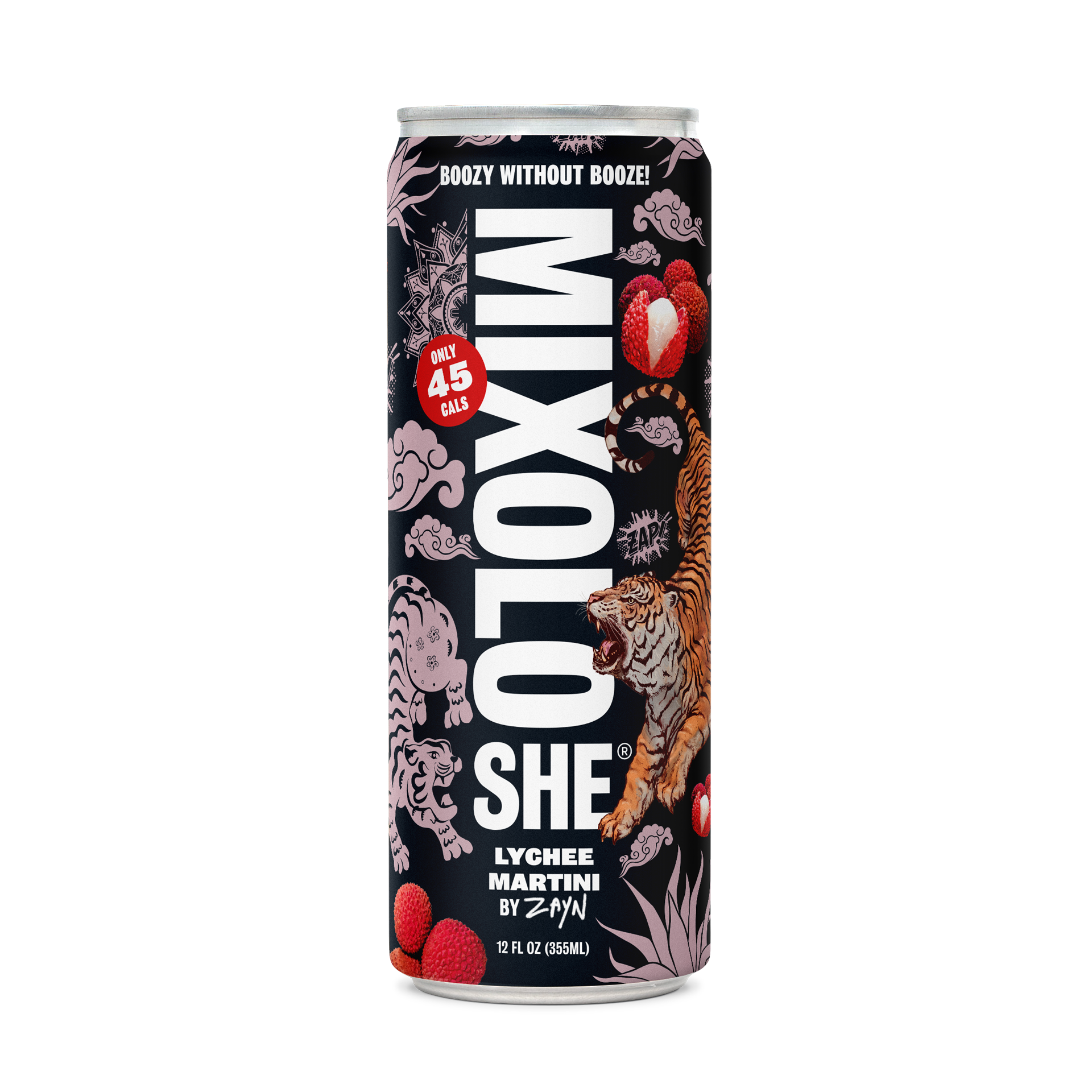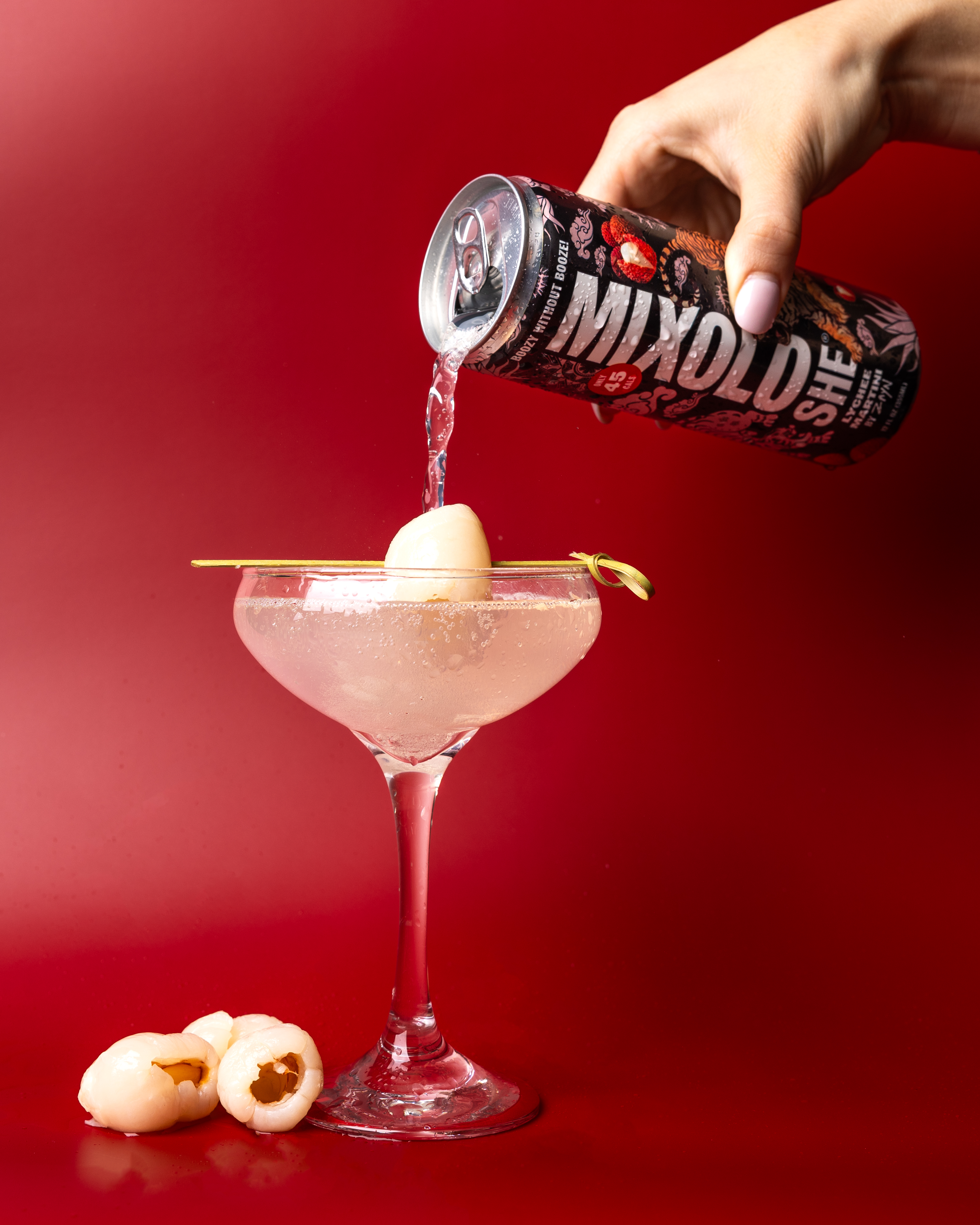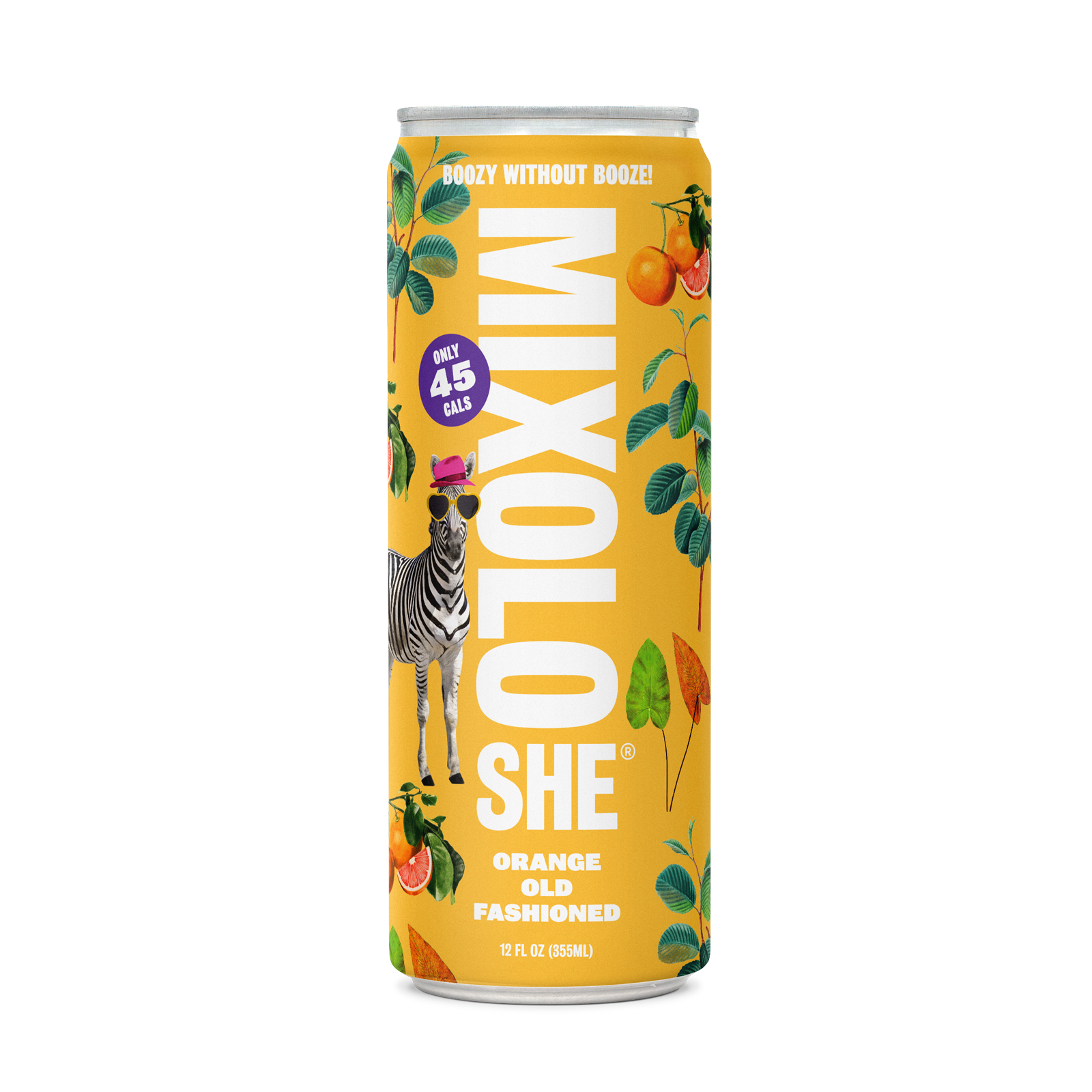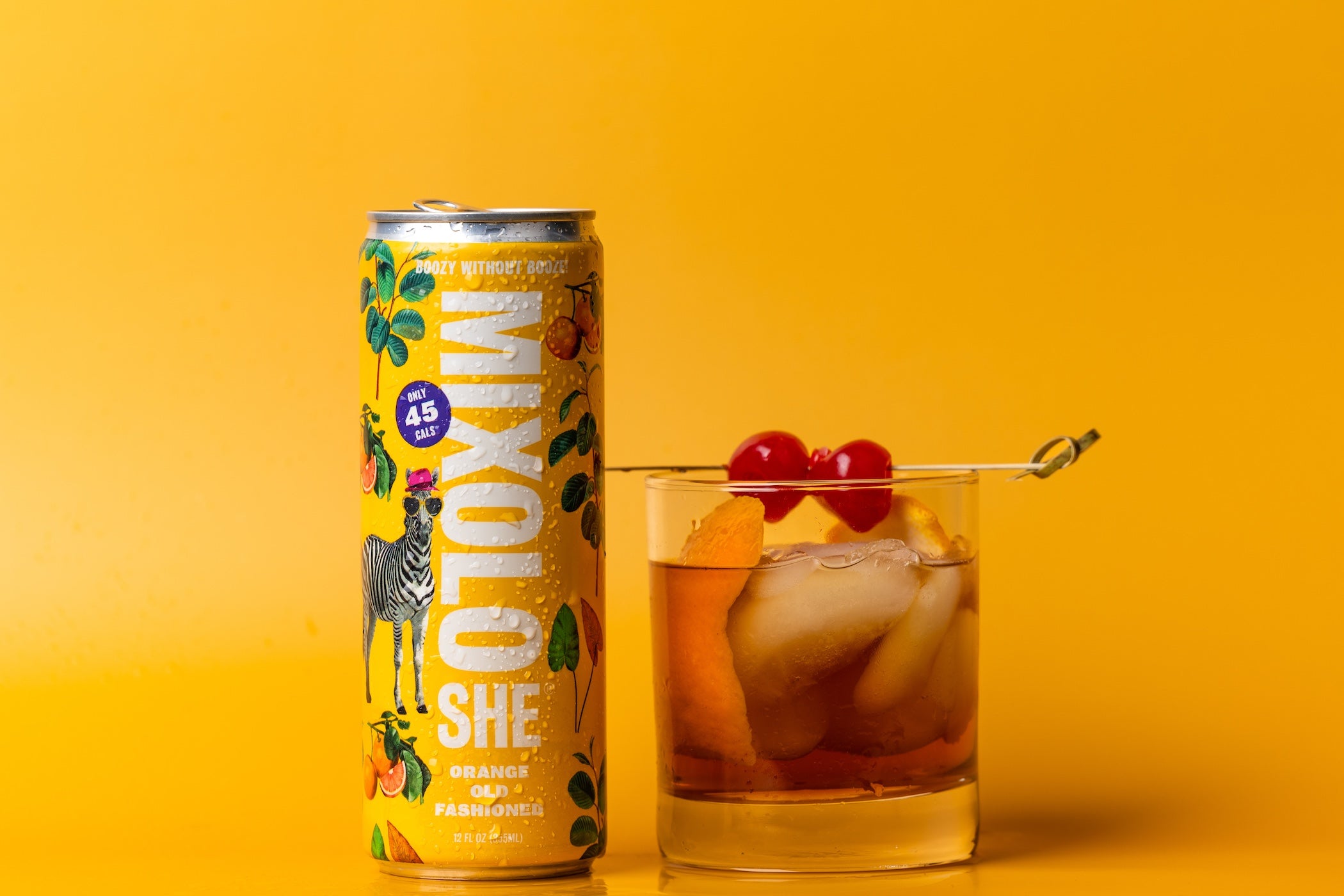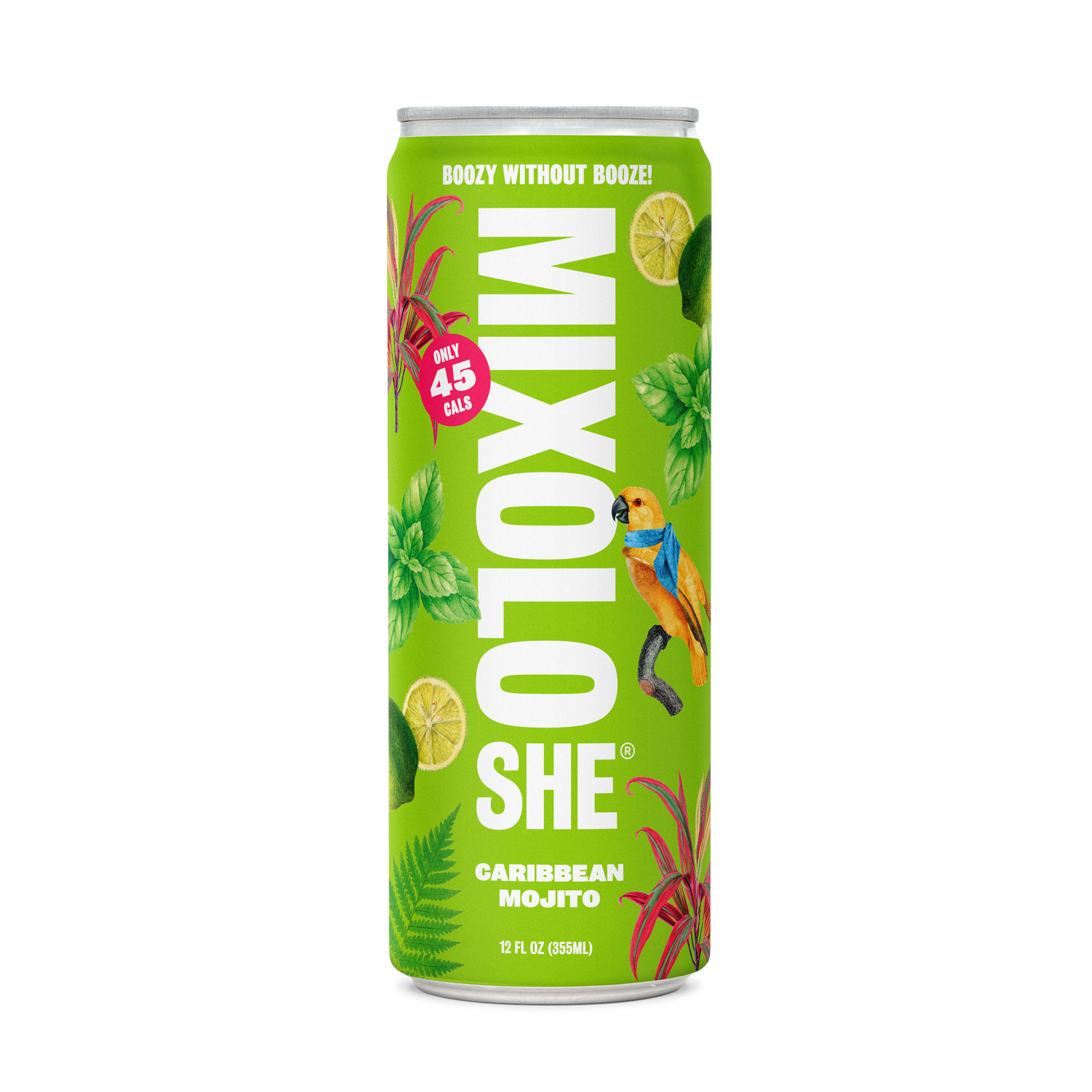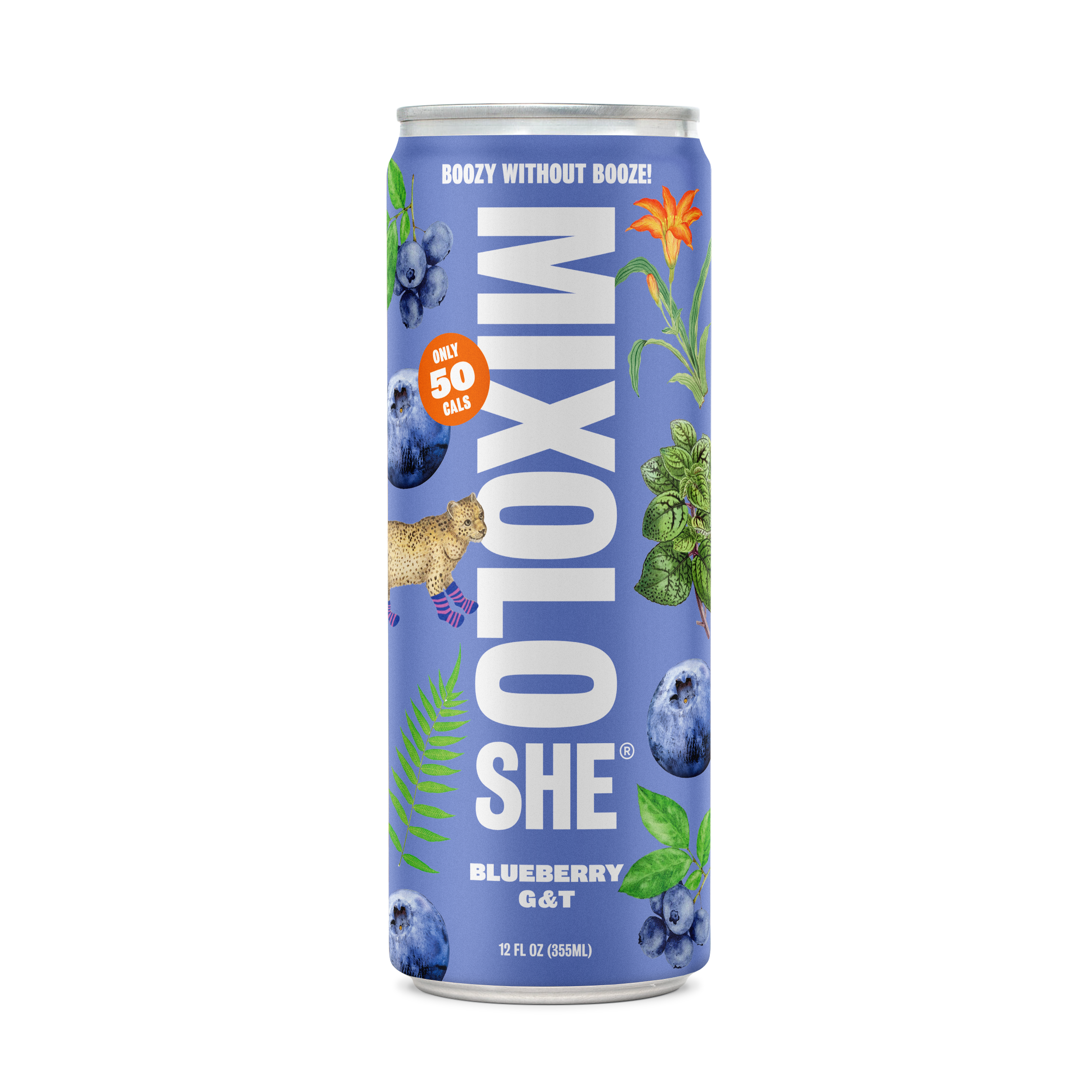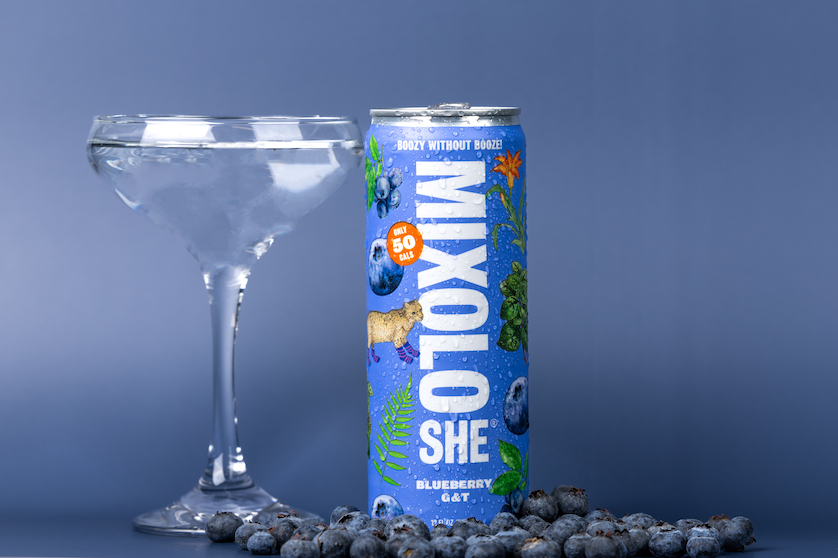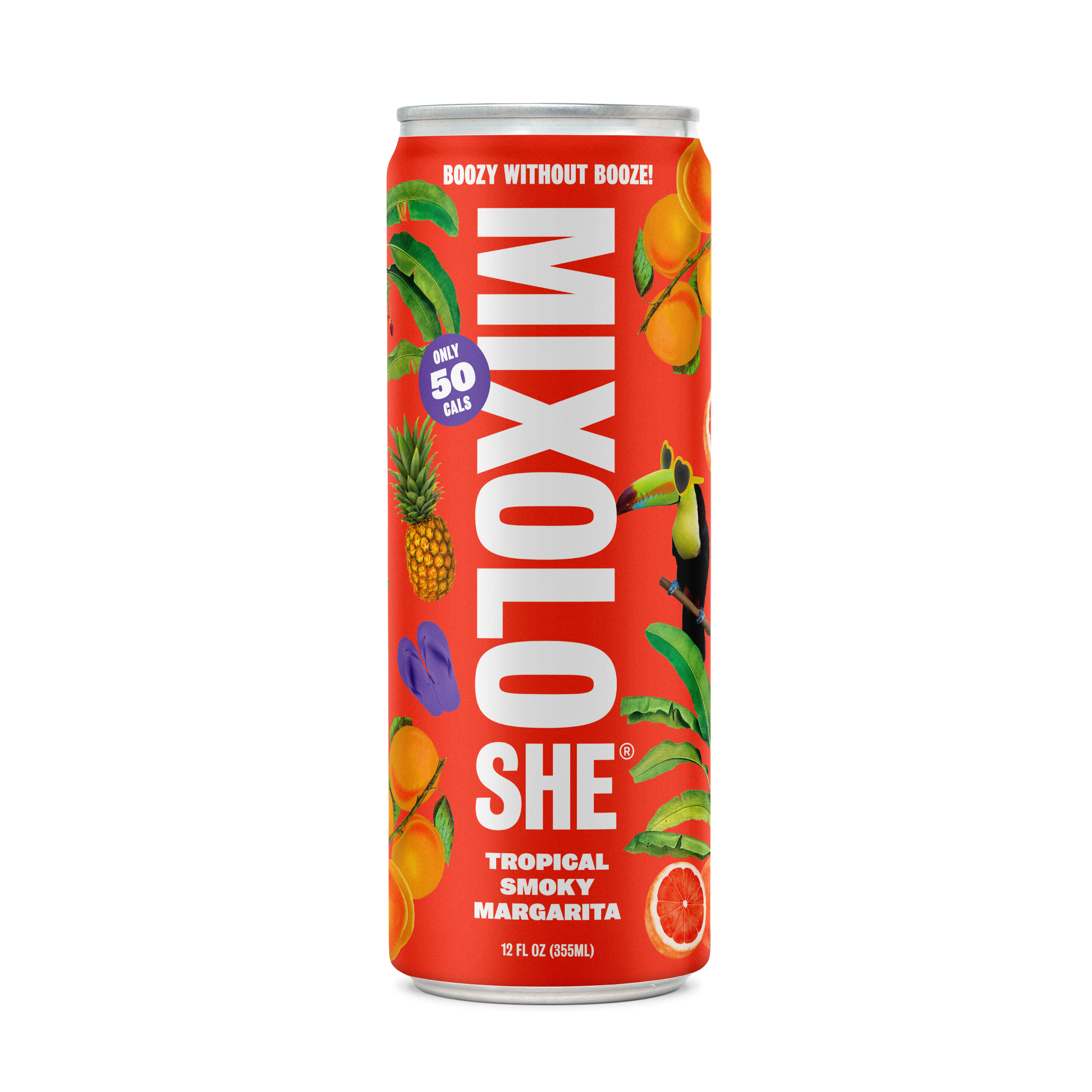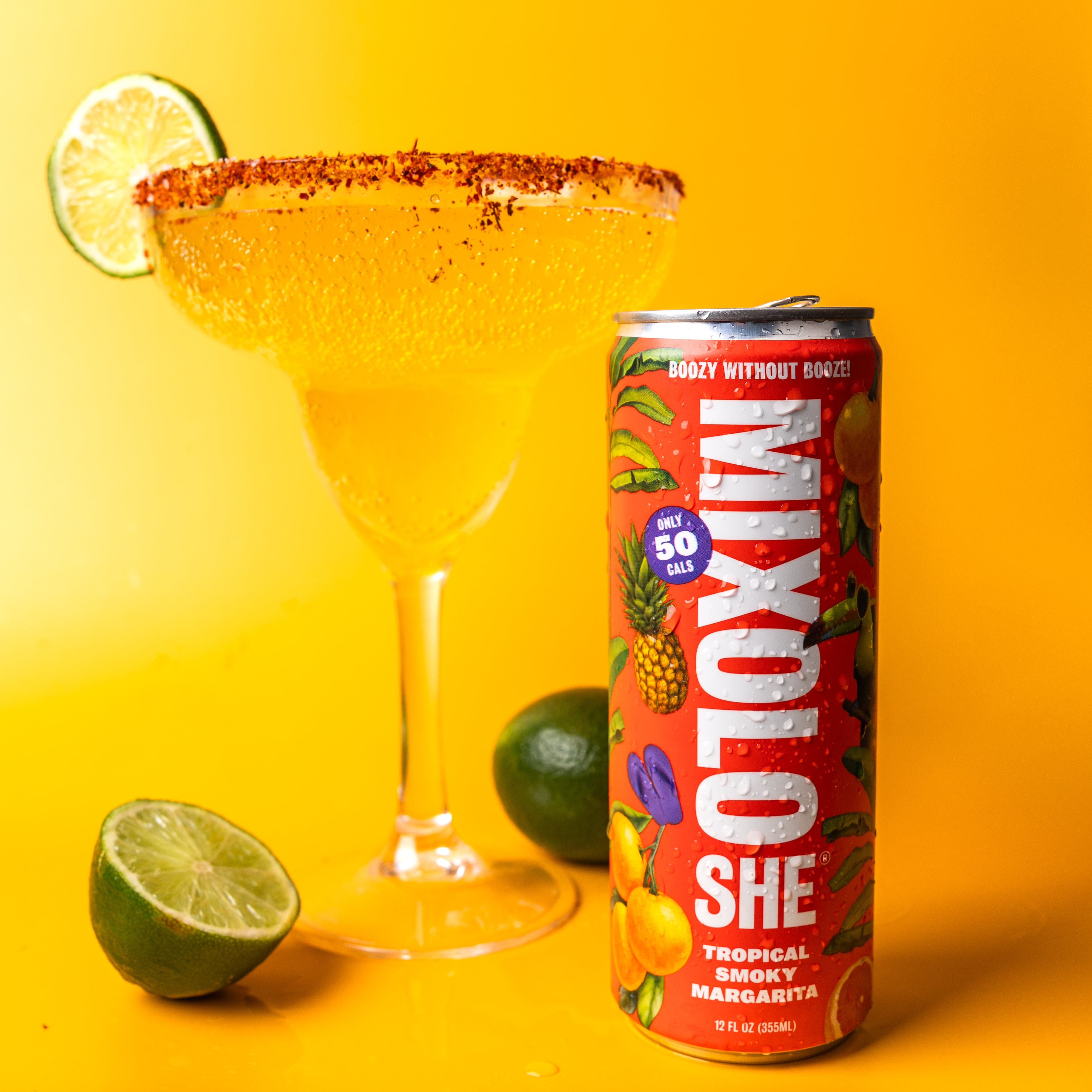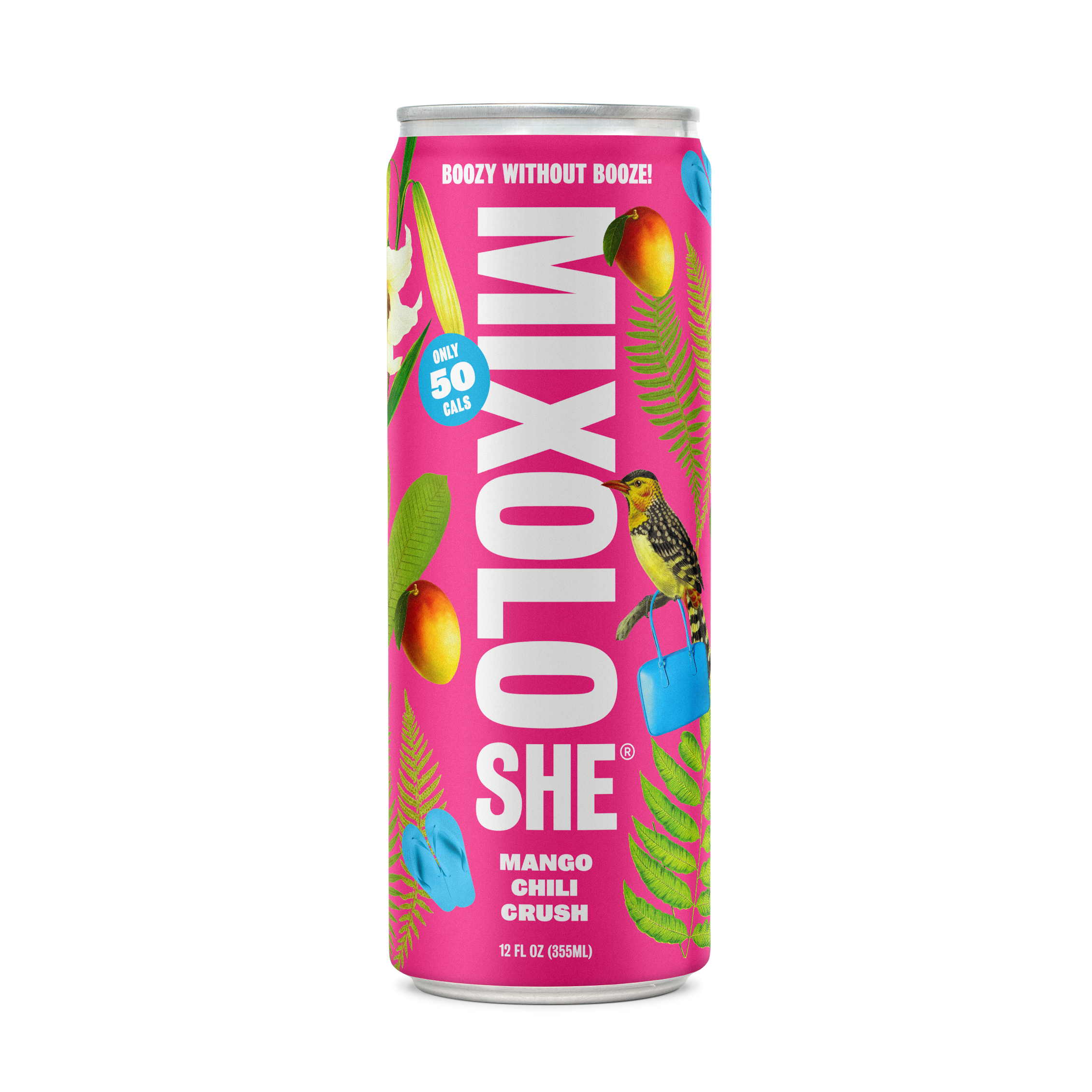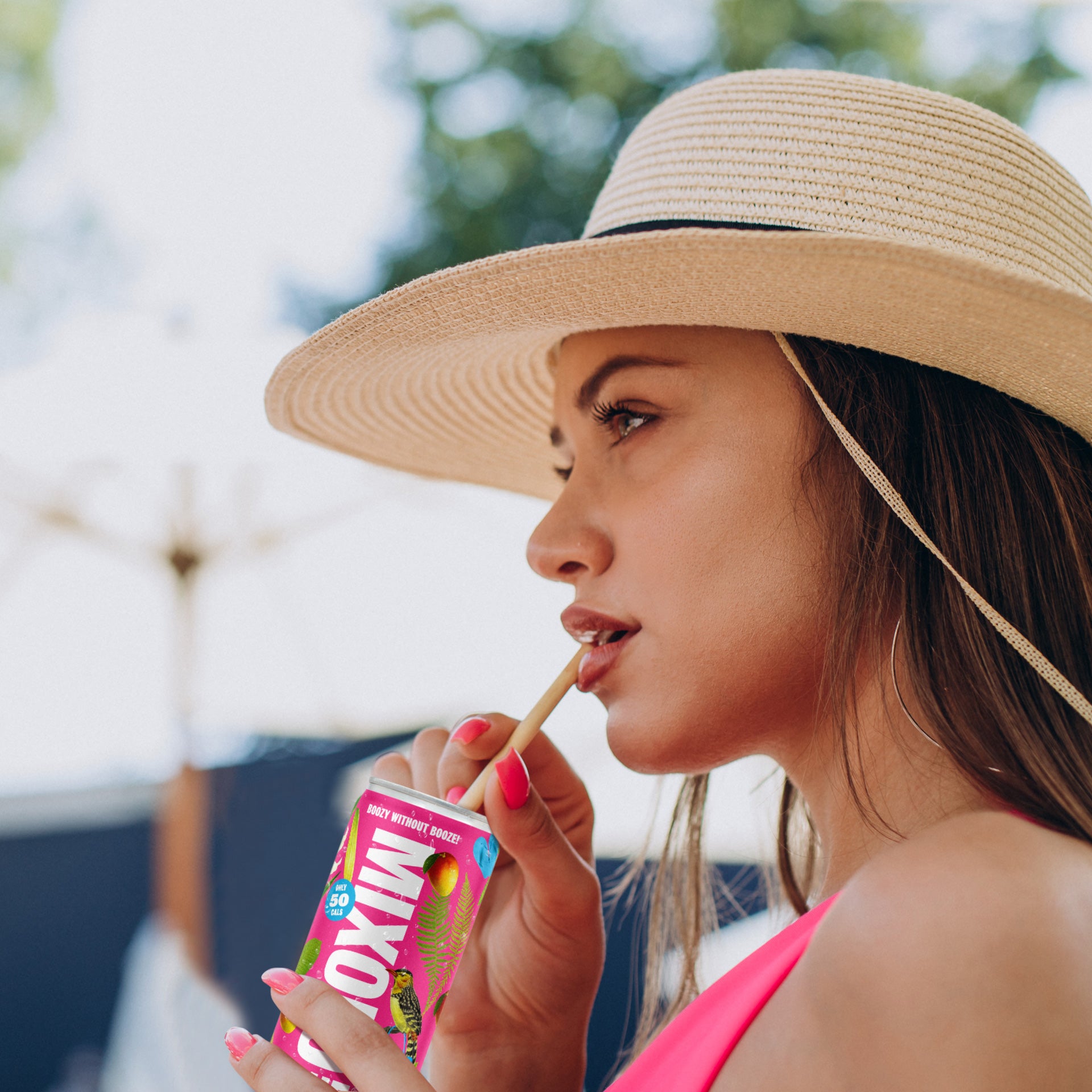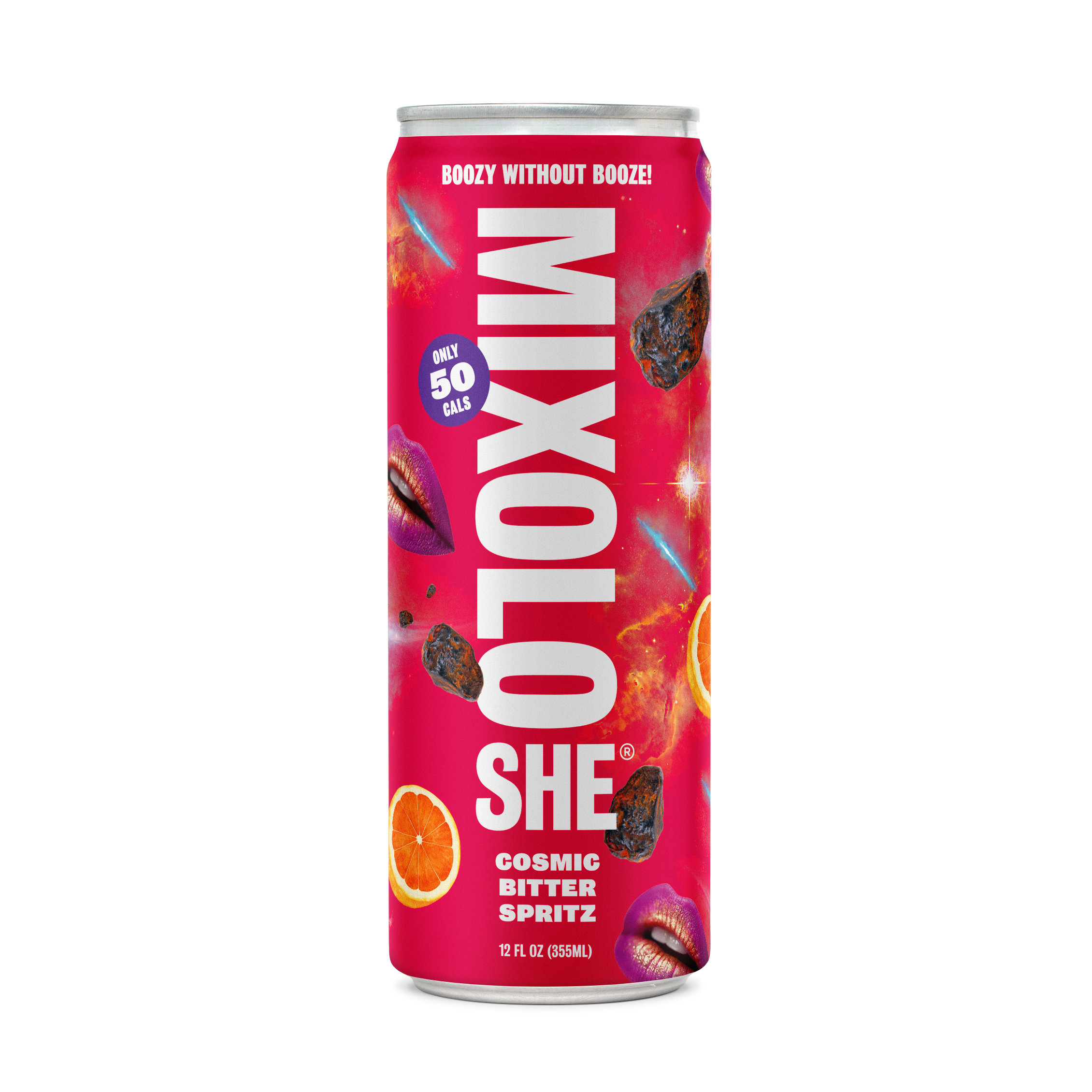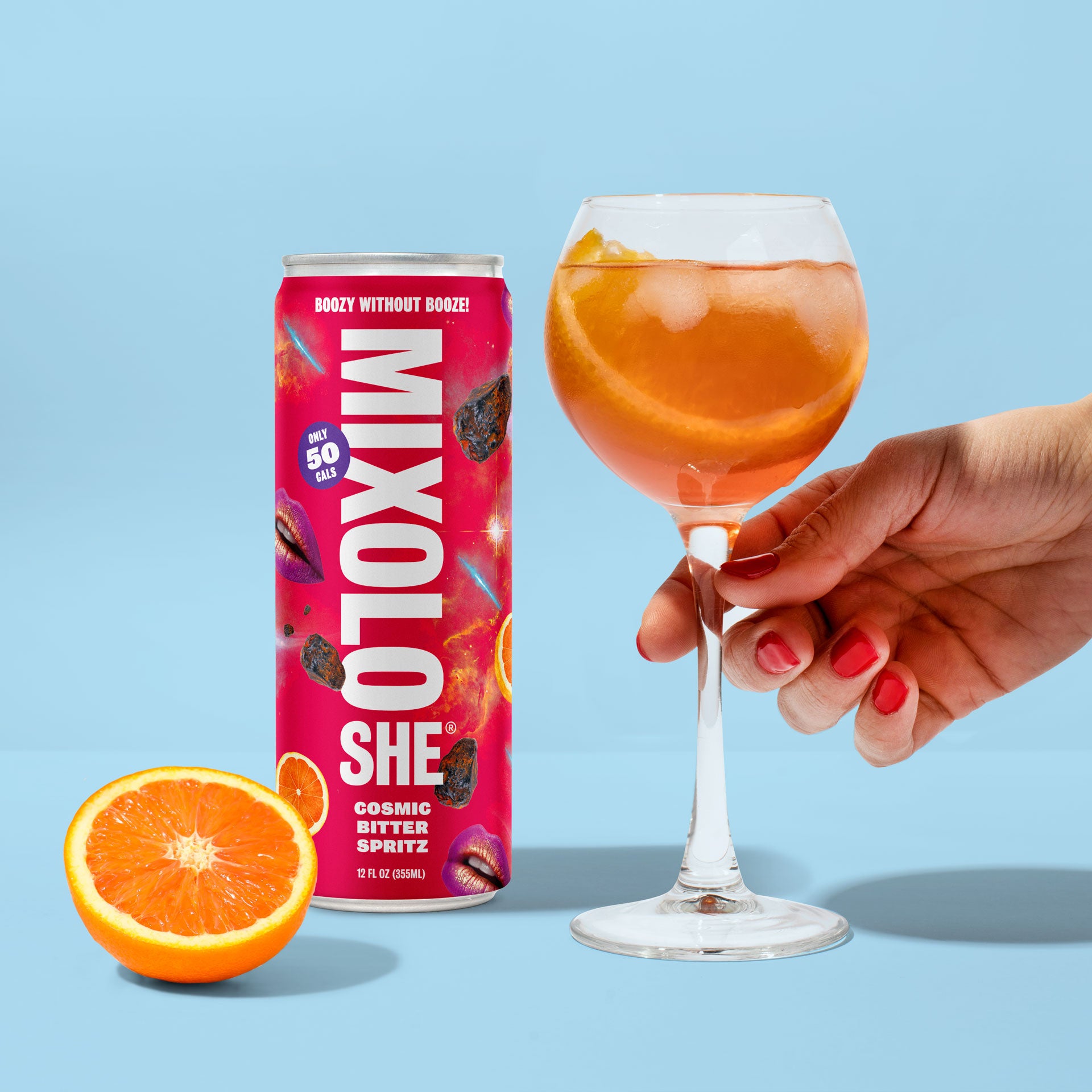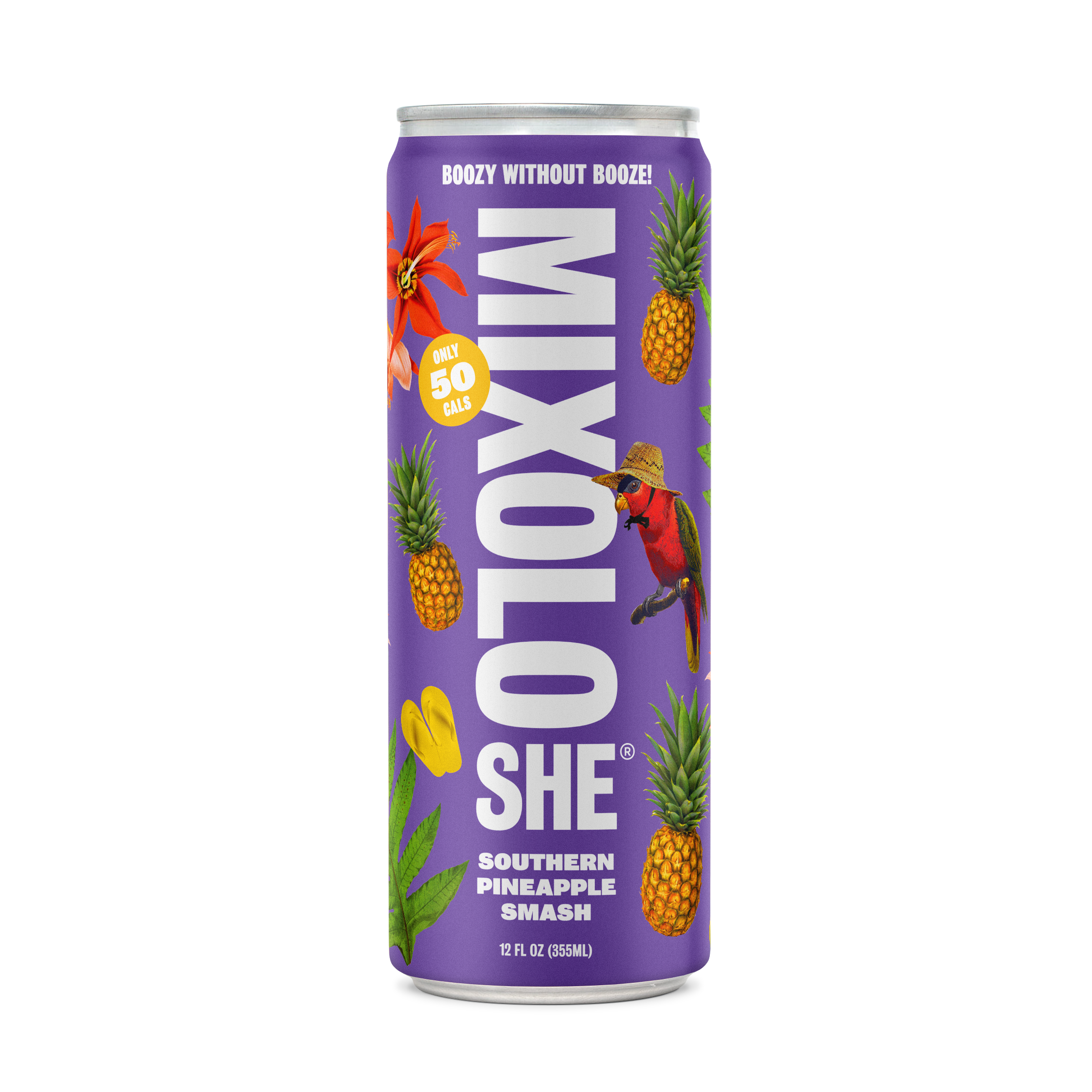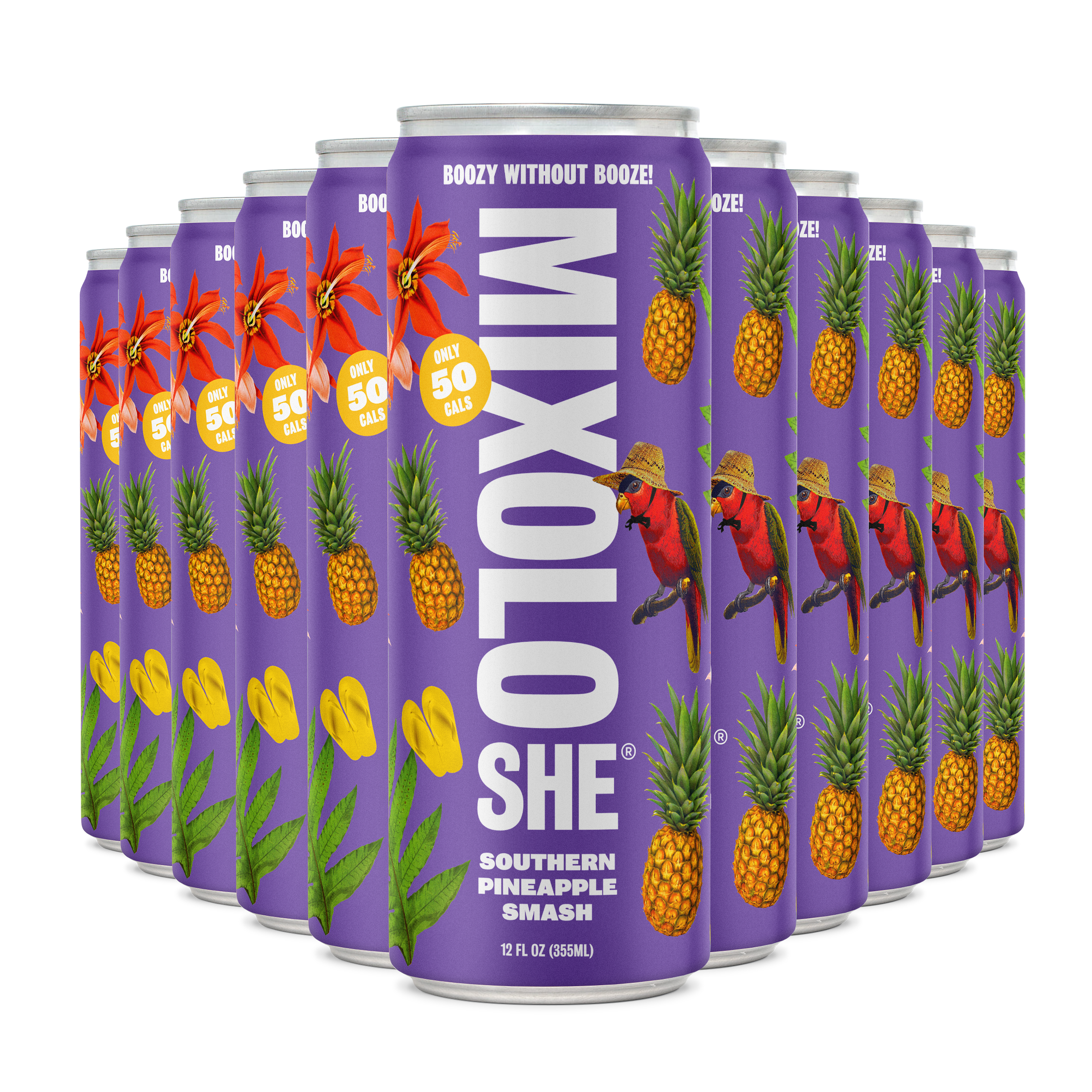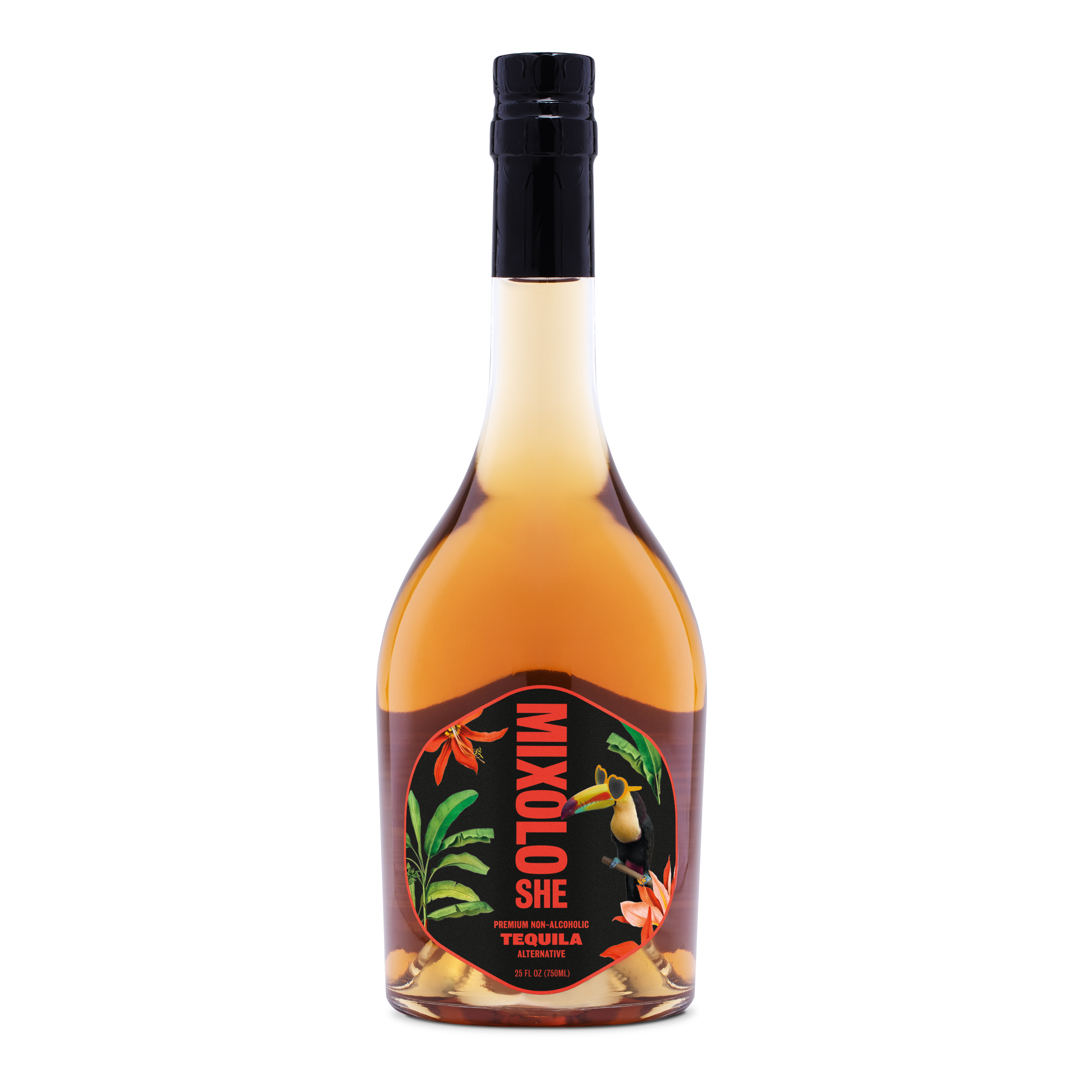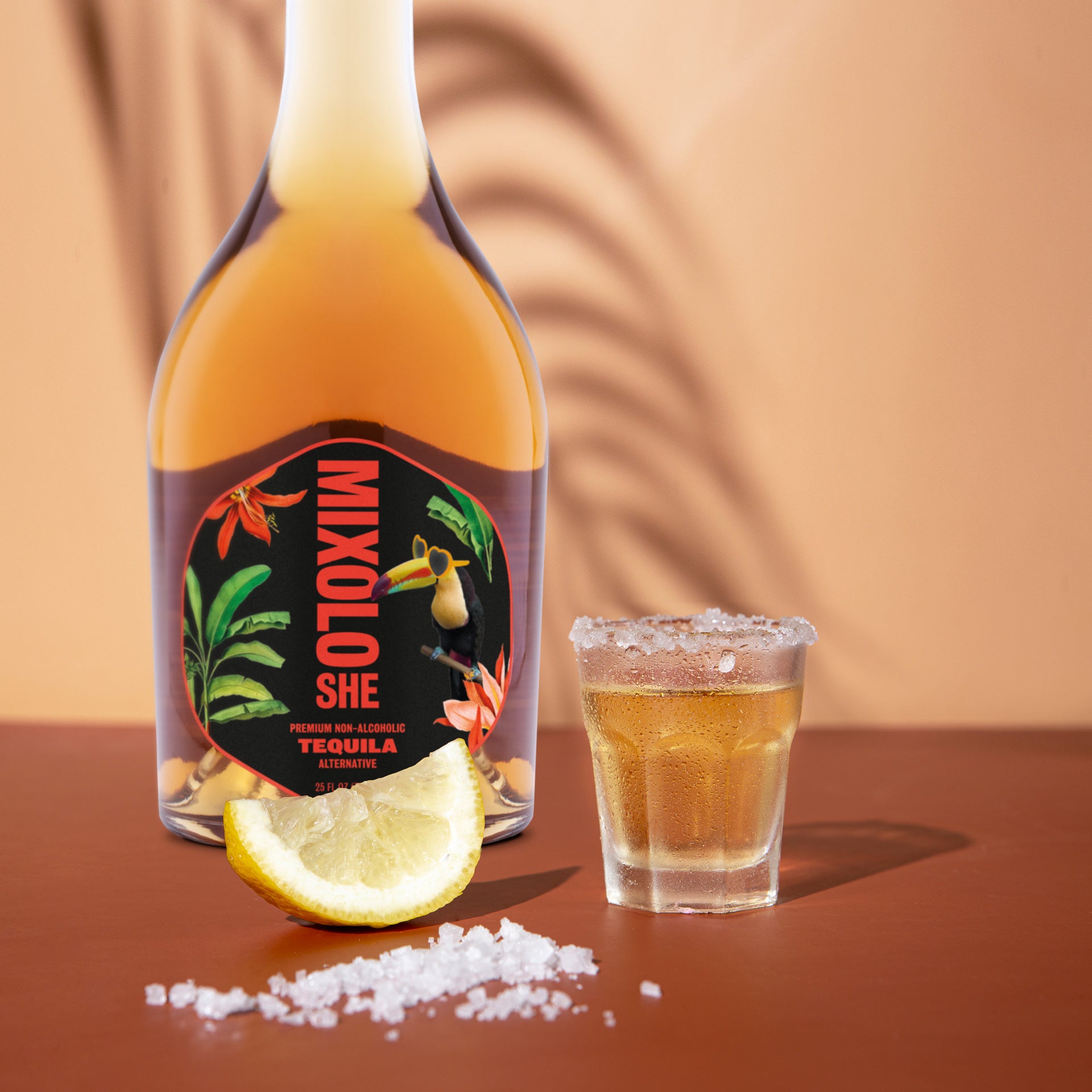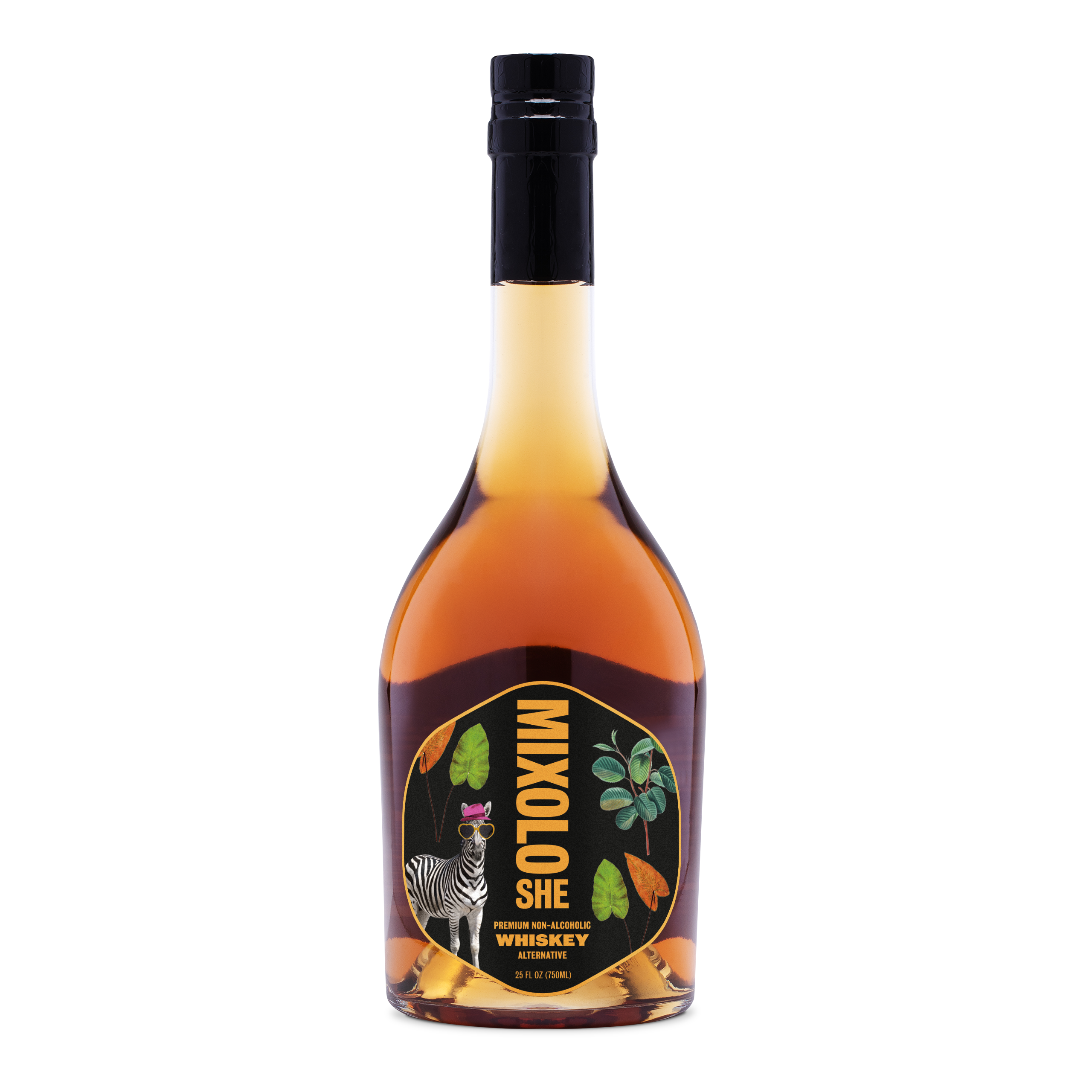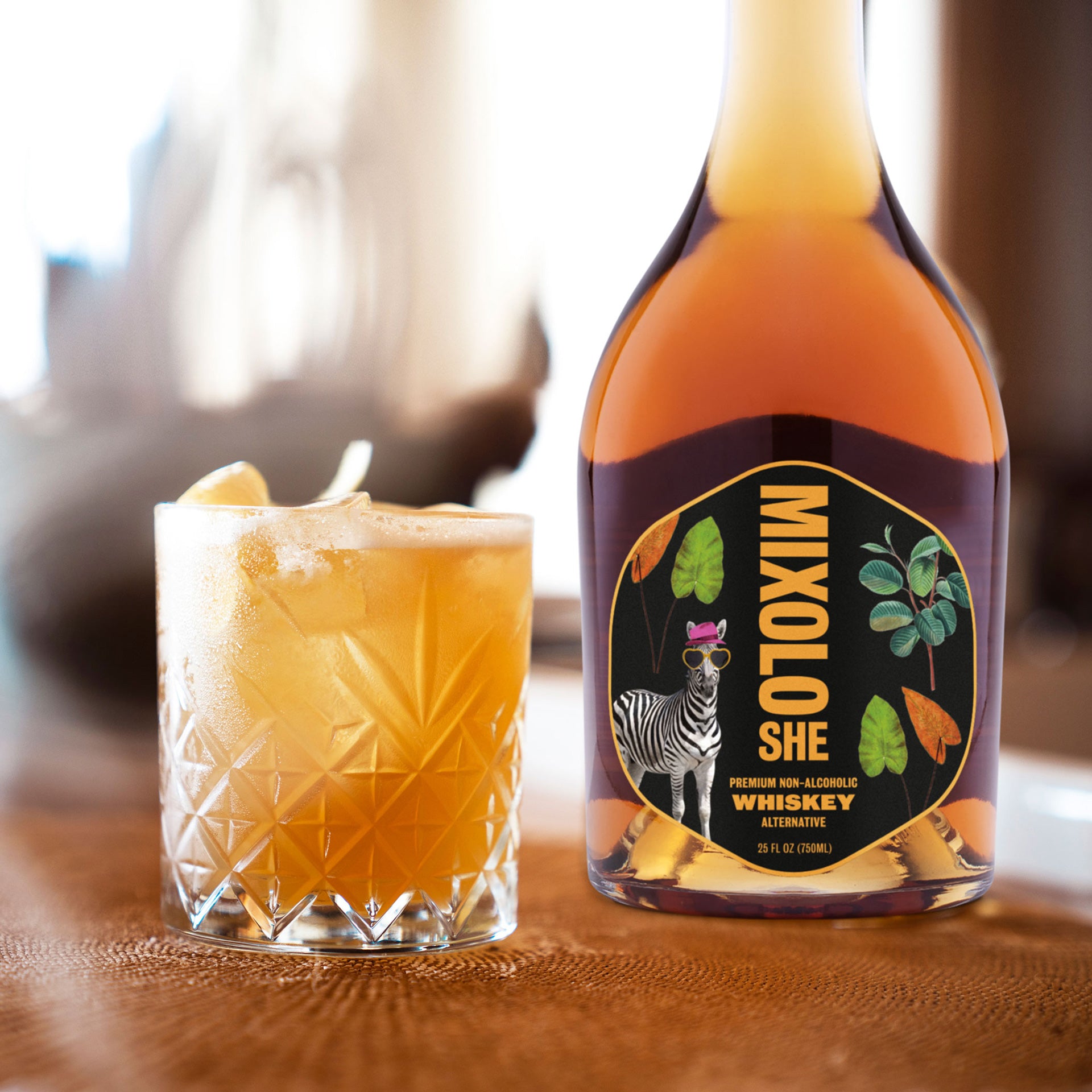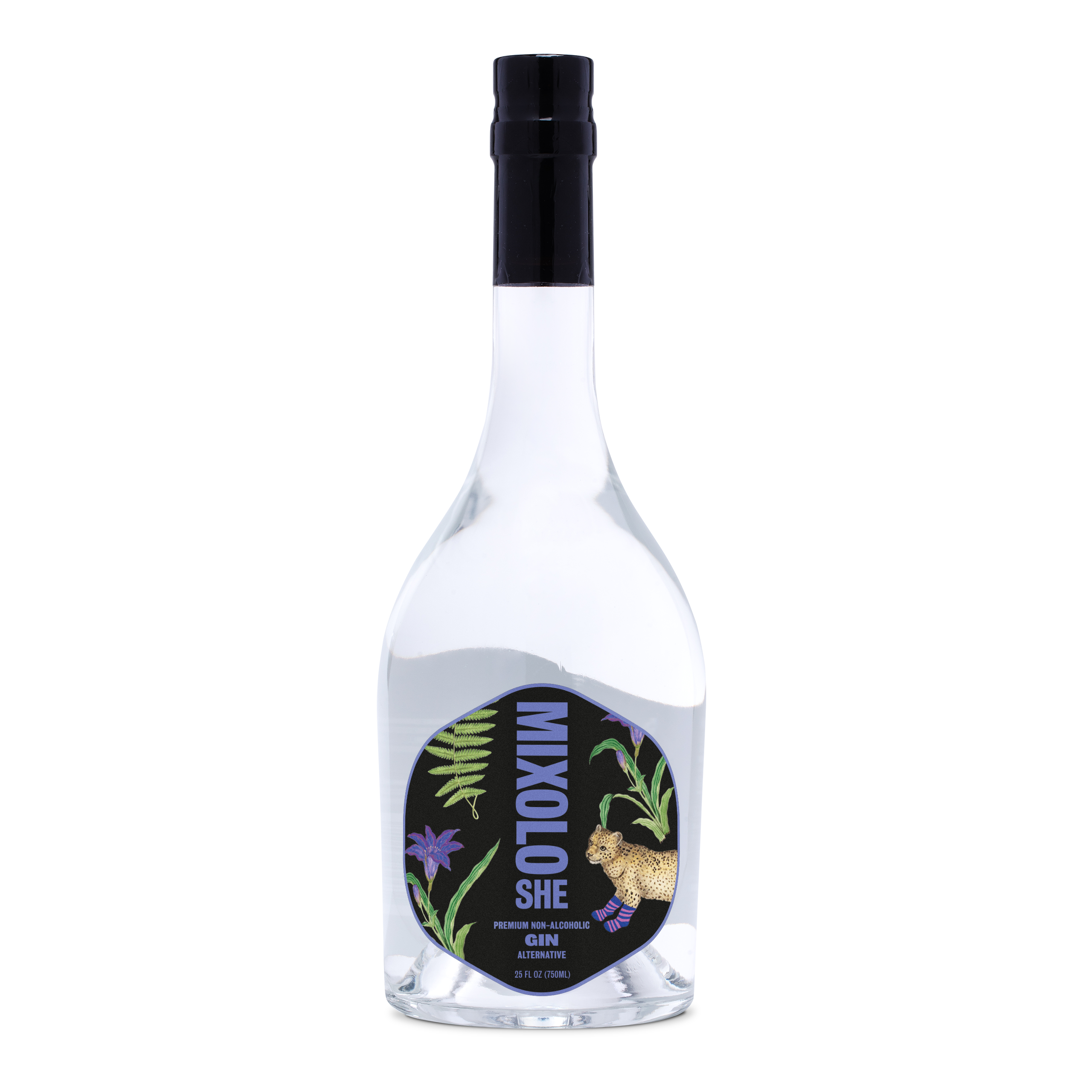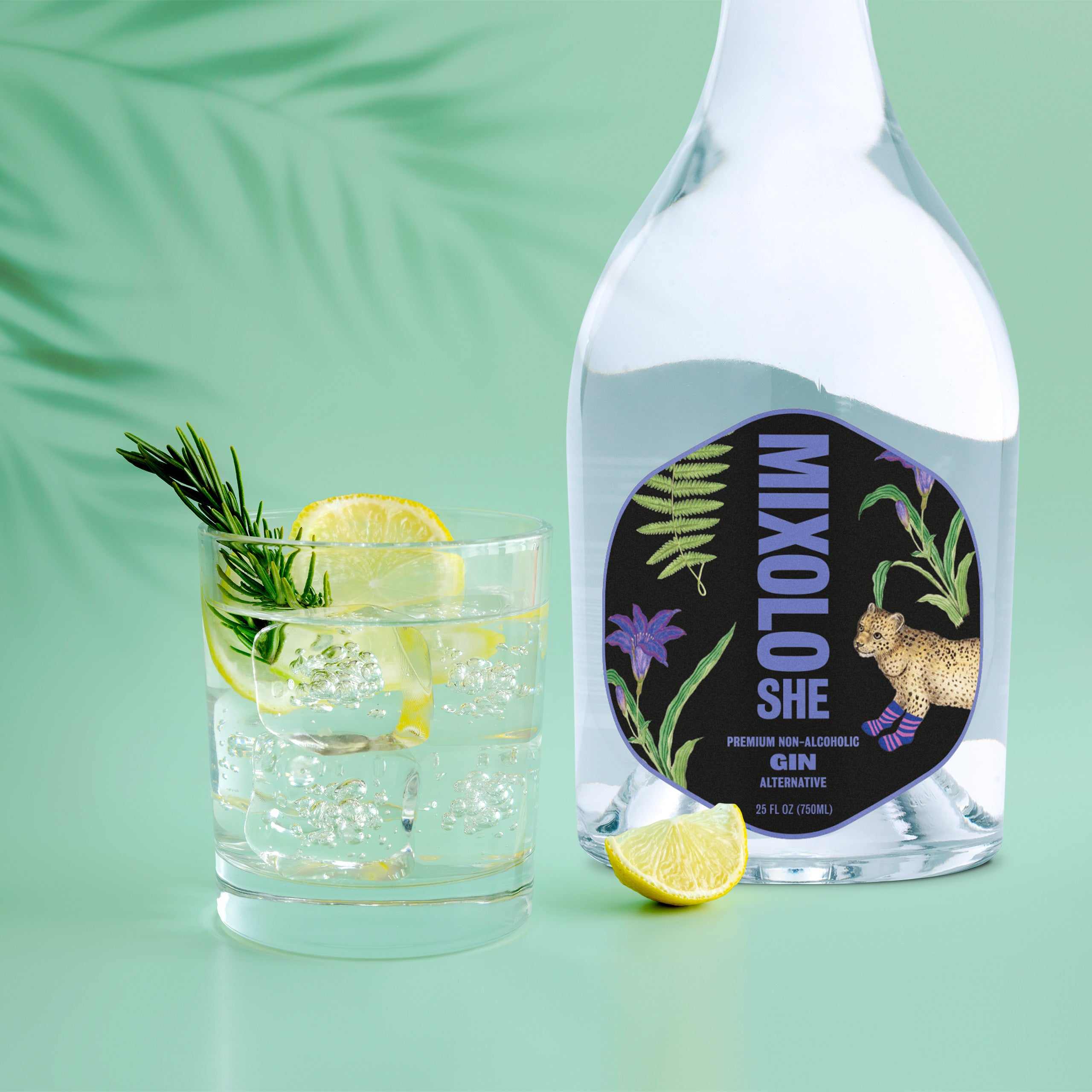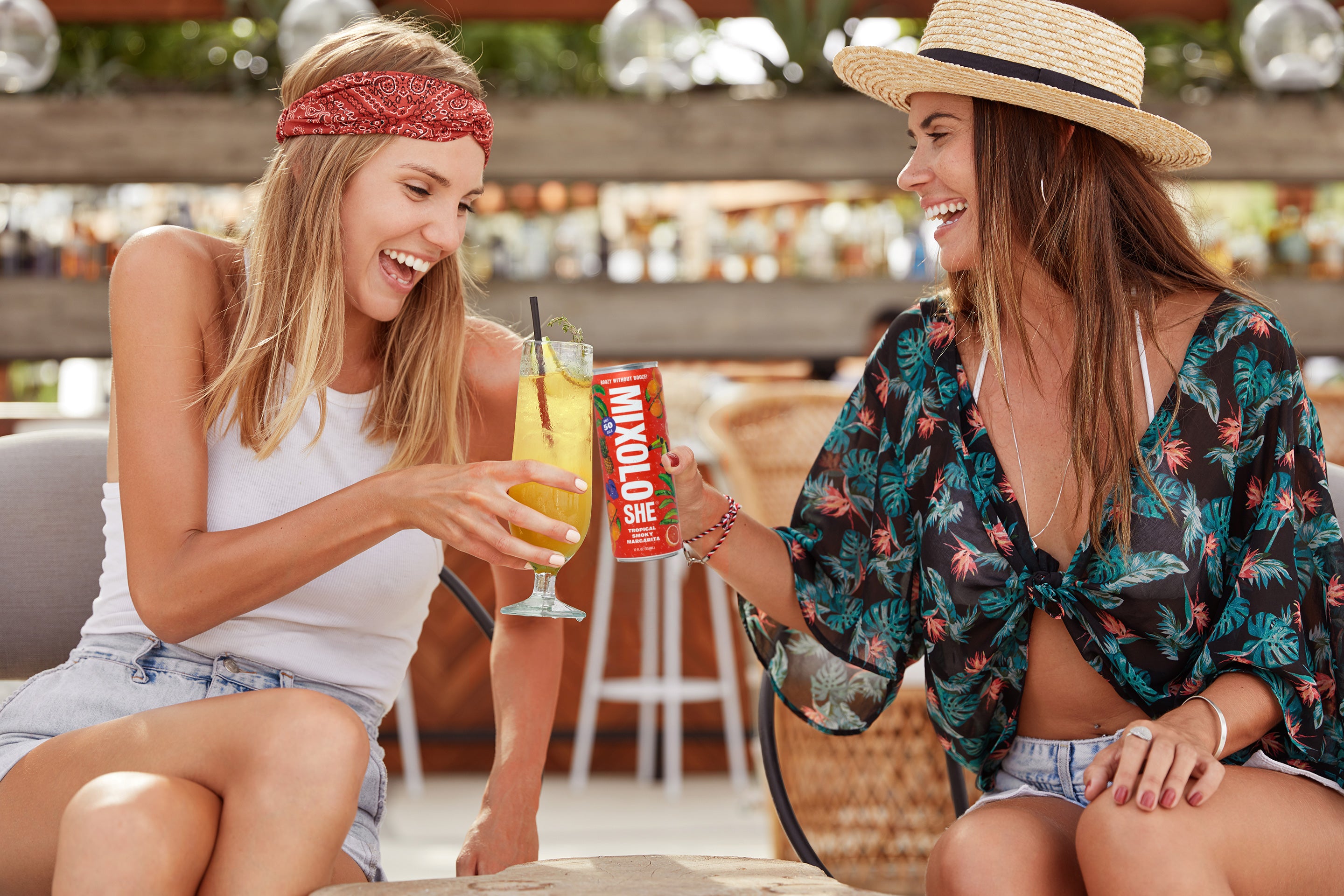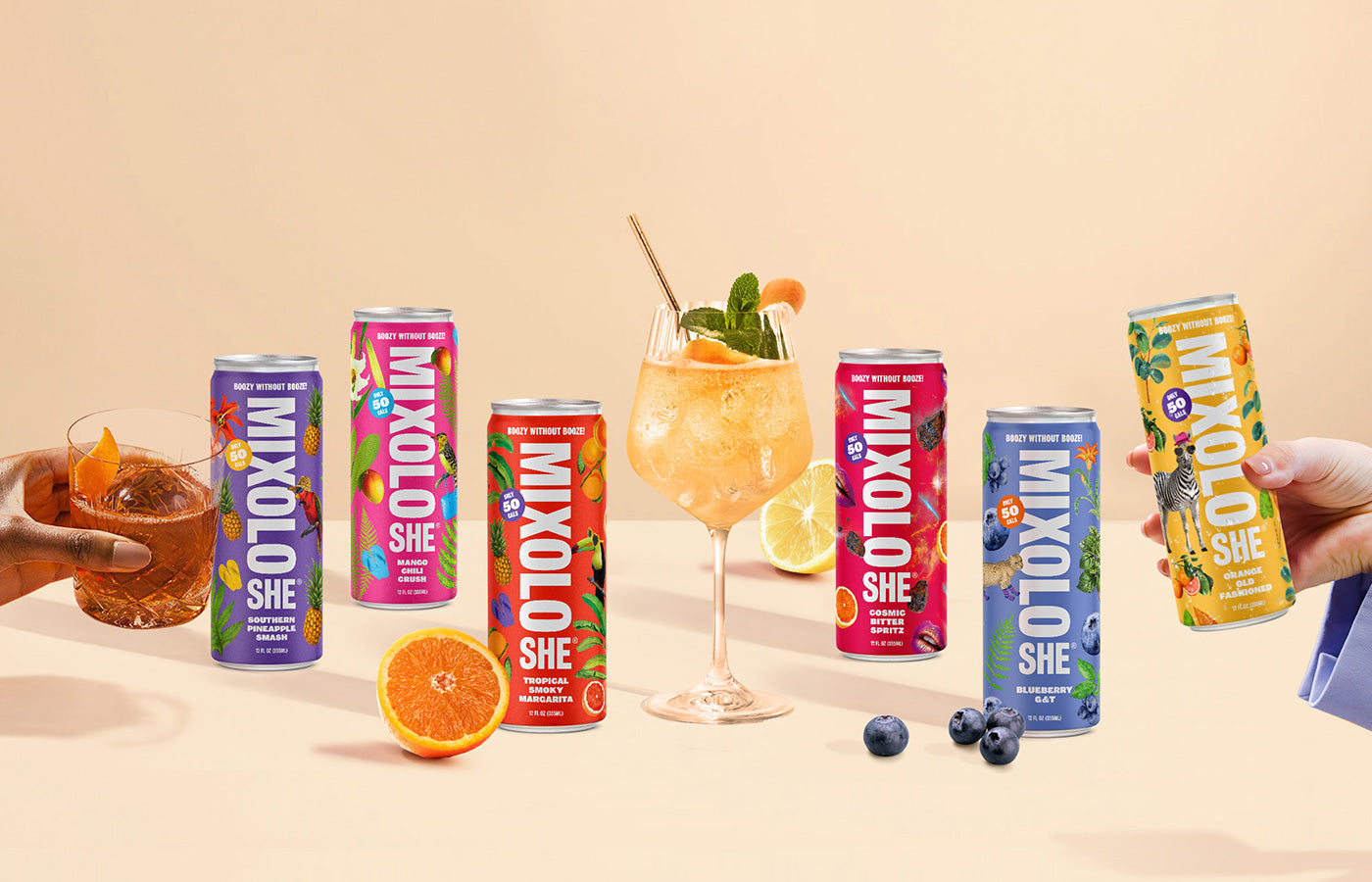Proper Storage Techniques for Non-Alcoholic Beers and Wines
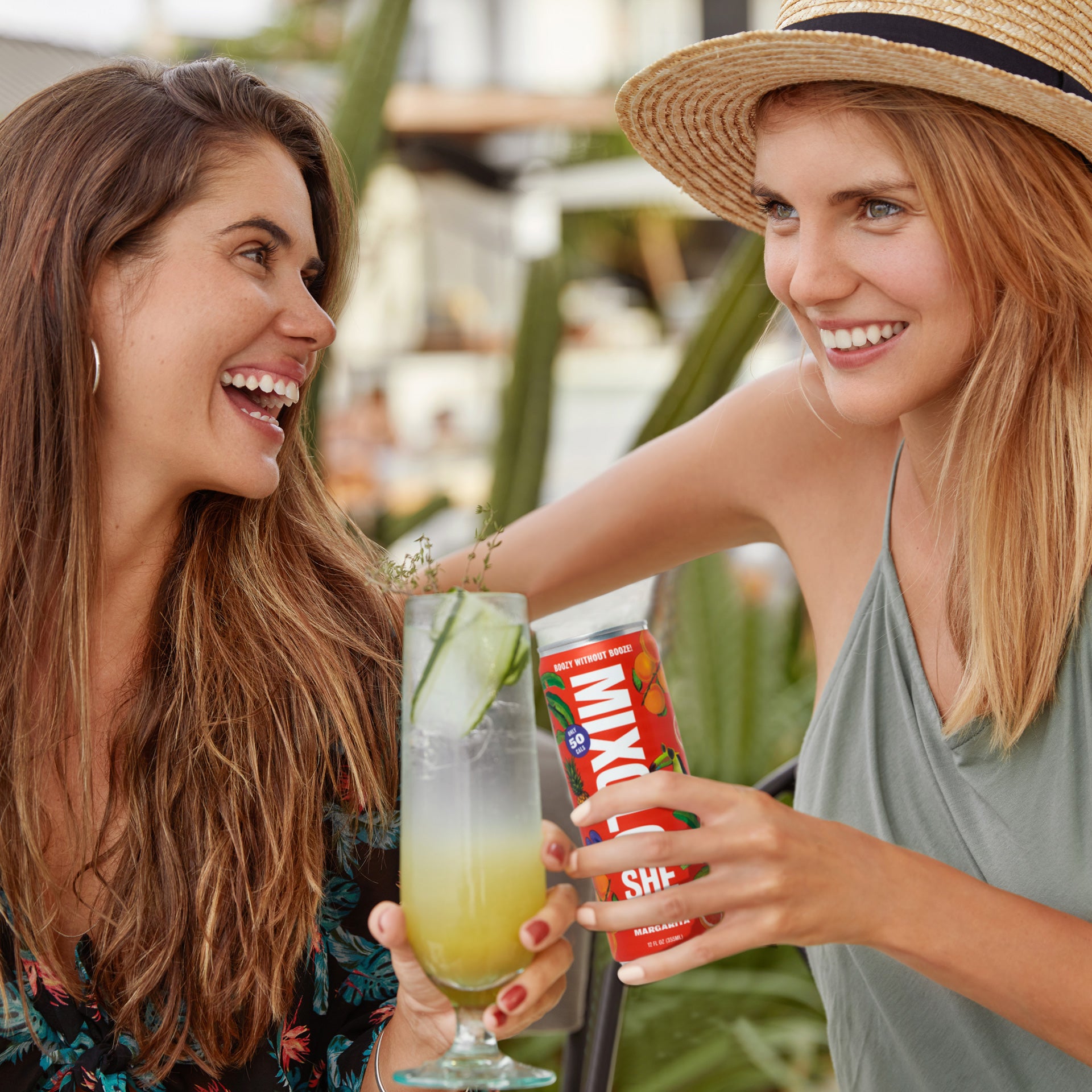
As non-alcoholic (NA) beers and wines gain popularity, there's growing confusion about how to store them properly. Keeping in mind storage tips for alcohol-free drinks ensures that your NA beverages keep their intended flavor and quality over time.
Preserving non-alcoholic wine correctly and being savvy about the shelf life of non-alcoholic beer means not being deceived by their authentic taste and look.
Health-conscious consumers are intuitively correct: these alcohol-free alternatives offer the complexity and taste of their alcoholic counterparts without the alcohol, but they do not have the same shelf life. After all, alcohol acts as a preservative, as anyone who has visited an anatomical display can attest.
This guide explores the best practices for storing non-alcoholic beers and wines, helping you maximize their shelf life and enjoy their optimal taste.
Proper Storage Techniques for Non-Alcoholic Drinks
Storing non-alcoholic beverages correctly is key to preserving their quality and freshness. Unlike traditional alcoholic drinks, NA beers and wines can be more susceptible to spoilage due to the absence of alcohol, which acts as a natural preservative. Here are some foundational tips to keep in mind:
- Temperature Control: Store your NA drinks in a cool, consistent temperature. Fluctuations in temperature can accelerate the degradation process, affecting the taste and quality of the beverage.
- Light Exposure: Keep them away from direct sunlight. UV rays can cause chemical reactions in the drink, leading to off-flavors.
- Orientation: Store non-alcoholic wines vertically to minimize oxidation and prevent the cork from drying out. For canned or bottled non-alcoholic beers, either orientation is acceptable as long as the storage environment is suitable.
Maximizing the Shelf Life of Non-Alcoholic Beverages
You want your non-alcoholic beers and wines to last as long as possible without losing their flavor and freshness? This involves more than just proper storage; it’s about understanding the nuances that make these beverages unique. Non-alcoholic drinks, while lacking in ethanol, are still full of flavors that can change or degrade over time if not cared for correctly. This segment of our guide focuses on strategic approaches to extend the lifespan of these drinks, from the moment they are manufactured until they reach your glass. We speak about the specifics of temperature, light, and air exposure, alongside practical advice for both short-term enjoyment and long-term preservation. By adopting these strategies, you can maximize the shelf life of your non-alcoholic beverages, ensuring that every sip is as satisfying as the first.
Ideal Storage Conditions
The shelf life of non-alcoholic drinks can be significantly extended by knowing about and adhering to ideal storage conditions. Aim for a storage temperature between 50°F and 70°F (10°C to 21°C) with minimal variation. High humidity levels are preferable for wines to keep corks from drying out, but this is less of a concern for beers. Additionally, ensuring a dark, vibration-free environment will help maintain the integrity of your NA beverages for longer periods.
Common Storage Mistakes and How to Avoid Them
Avoiding common storage mistakes can greatly improve the shelf life and quality of your non-alcoholic drinks. Here are some pitfalls to avoid:
- Storing in a Warm Location: Heat is the enemy of non-alcoholic beverages. Avoid storing your drinks near appliances or areas that receive direct sunlight.
- Excessive Exposure to Air: Once opened, non-alcoholic wines should be consumed within a few days as exposure to air can quickly degrade the quality. Re-capping bottles tightly or using a wine preserver can help extend their life.
- Ignoring Expiration Dates: Pay attention to the manufacturer's expiration dates. While some non-alcoholic beverages may last beyond this date, it's a good guideline for consumption.
Tips for Long-Term Preservation
If you’re a serious prepper or just want to make sure that you’re never out of your favourite NA sip, consider the following tips:
- Invest in a Wine Cooler or Refrigerator: Dedicated wine coolers or a section of your refrigerator can provide the consistent, cool environment needed for long-term storage.
- Use a Vacuum Sealer: For non-alcoholic wines, using a vacuum sealer can remove air from the bottle, slowing down the oxidation process.
- Regularly Check Your Stock: Periodically inspect your beverages for any signs of spoilage, such as changes in color, smell, or taste.
By following these storage techniques and tips, you can enjoy the full flavor and quality of your non-alcoholic beers and wines for as long as possible. Whether you're hosting a party, enjoying a quiet evening at home, or simply savoring a delicious beverage without the alcohol, proper storage ensures that your NA drinks are always at their best.
FAQs:
- Q: How should non-alcoholic beers and wines be stored?
- A: Non-alcoholic beers and wines should be stored in a cool, dark place, ideally at a consistent temperature. Refrigeration is recommended, especially after opening, to maintain freshness.
- Q: What is the shelf life of non-alcoholic beers and wines after opening?
- A: Once opened, non-alcoholic beers and wines generally last somewhat less than their alcoholic counterparts - usually a few days. It's best to consume them as soon as possible for optimal taste.
- Q: Are there any special considerations for storing non-alcoholic beverages?
- A: Yes, exposure to heat or direct sunlight can degrade the quality of non-alcoholic beverages. Also, unopened non-alcoholic wine should be stored upright to prevent the cork from drying out.
